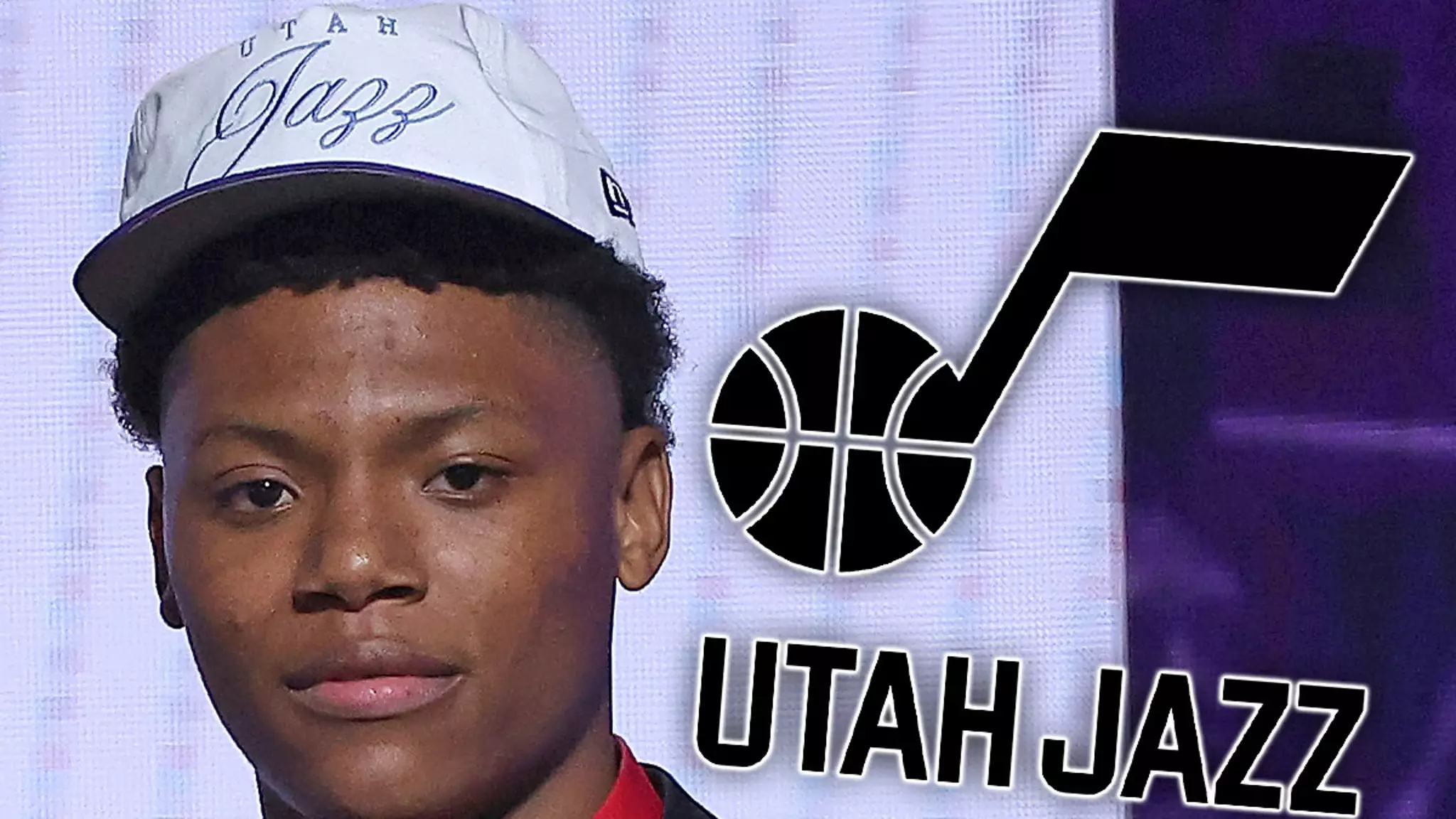Ace Bailey’s journey through the NBA draft was filled with tension and unexpected twists. Initially, reports surfaced indicating that Bailey had no desire to join the Utah Jazz, the franchise that had recently struggled, finishing at the bottom of the Western Conference. Yet, against all odds, Bailey was selected fifth overall by the team. How does a player navigate the complex emotions of being chosen by an organization he didn’t prioritize? For Bailey, the moment was described as a “blessing,” showcasing his resilience and ability to pivot from initial dissatisfaction.
The Power of Perspective
In an era where athletes vocalize their preferences with increasing candor, Bailey’s admission of his disdain for landing in Utah complicates traditional narratives of athlete happiness upon draft selection. However, he adeptly reframed the situation by expressing his intent to focus on his performance and development. By stating, “I can control what I can control,” Bailey highlighted a vital perspective often overlooked during the draft frenzy: the importance of adaptability in professional sports. Athletes are not merely commodities; they have feelings, aspirations, and fears. Bailey’s response can serve as a blueprint for sports professionals wrestling with unexpected outcomes in their careers.
Emotional Intelligence in Sports
Bailey’s demeanor during his media appearance at the Barclays Center—where he was spirited despite apparent doubts about his new team—speaks volumes about his emotional intelligence. Sports are as much about mental fortitude as they are about physical skills. By outwardly embracing his selection while inwardly grappling with conflicting emotions, Bailey seems poised to tackle the inherent challenges of playing for a team perceived as a low-tier franchise. This balancing act of internal motivations and external expectations is a skill that could lead to sustained success in the league.
Team Dynamics: A Mixed Bag
Despite the reports of Bailey’s disappointment, it appears the Jazz organization remains optimistic about their new player. Austin Ainge, the president of basketball operations, publicly endorsed Bailey, emphasizing that he was a strategic fit for the team. This dichotomy between Bailey’s personal preferences and the team’s enthusiasm opens a dialogue about the dynamics of player management and the intricate web of relationships within organizations. Will Bailey’s journey in Utah ultimately lead to mutual growth? Only time will tell.
A Lesson in Relentless Focus
Bailey’s decision to refrain from pre-draft workouts—his sole representation among U.S. prospects—illustrates another layer of his dedication. Claiming he was “working on basketball” rather than auditioning for teams represents an important lesson: focus on one’s craft, irrespective of external pressures. This mentality not only builds skill but also fortifies mental resilience, a crucial asset as Bailey embarks on his professional career. He—a player with heightened expectations—has the unique opportunity to redefine his narrative, proving to doubters that productivity can emerge from less-than-ideal beginnings.
Bailey’s journey with the Utah Jazz is more than a story of selection; it’s an evolving narrative of self-discovery, adaptation, and professional growth. As he steps into this new chapter, the world watches closely, eager to see how he transcends these expectations.

